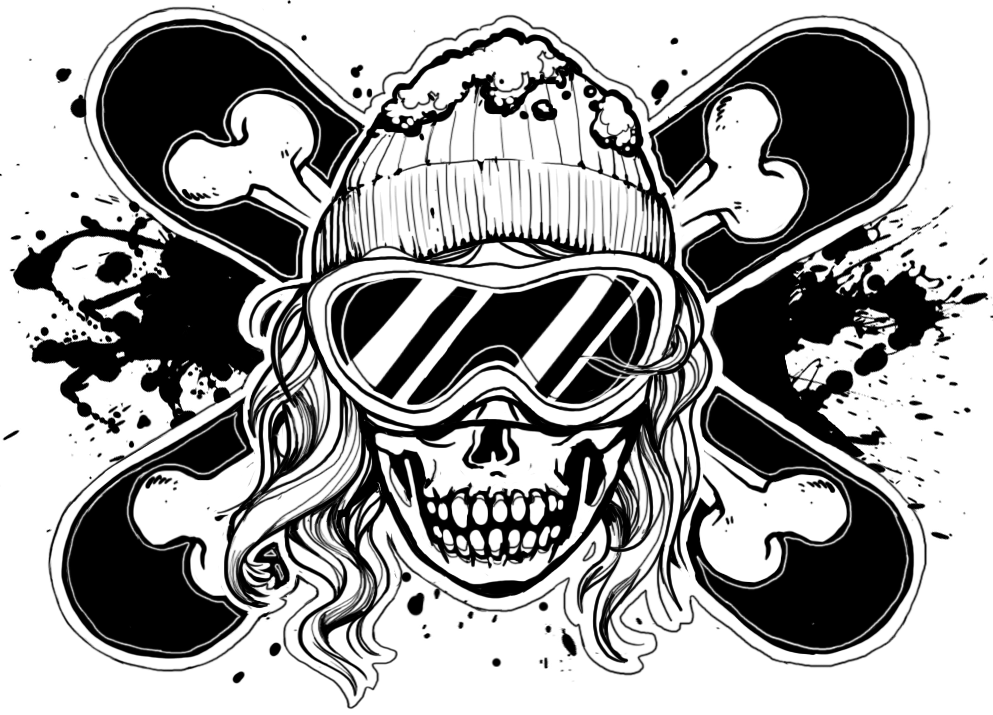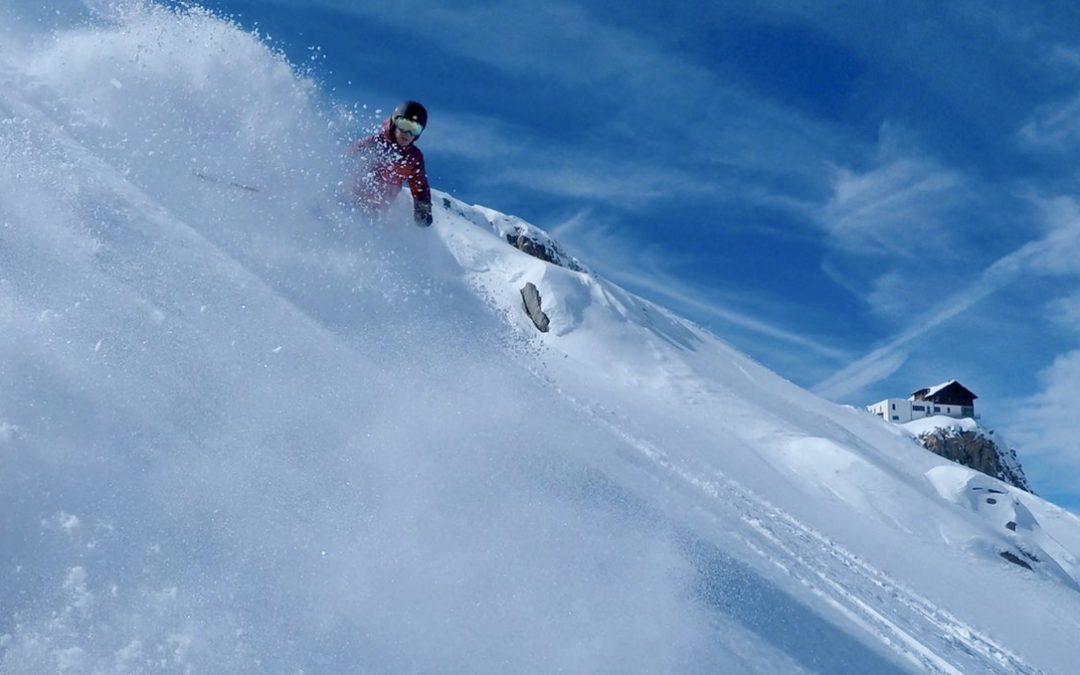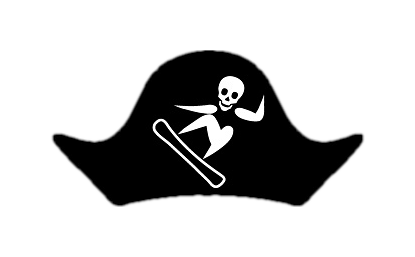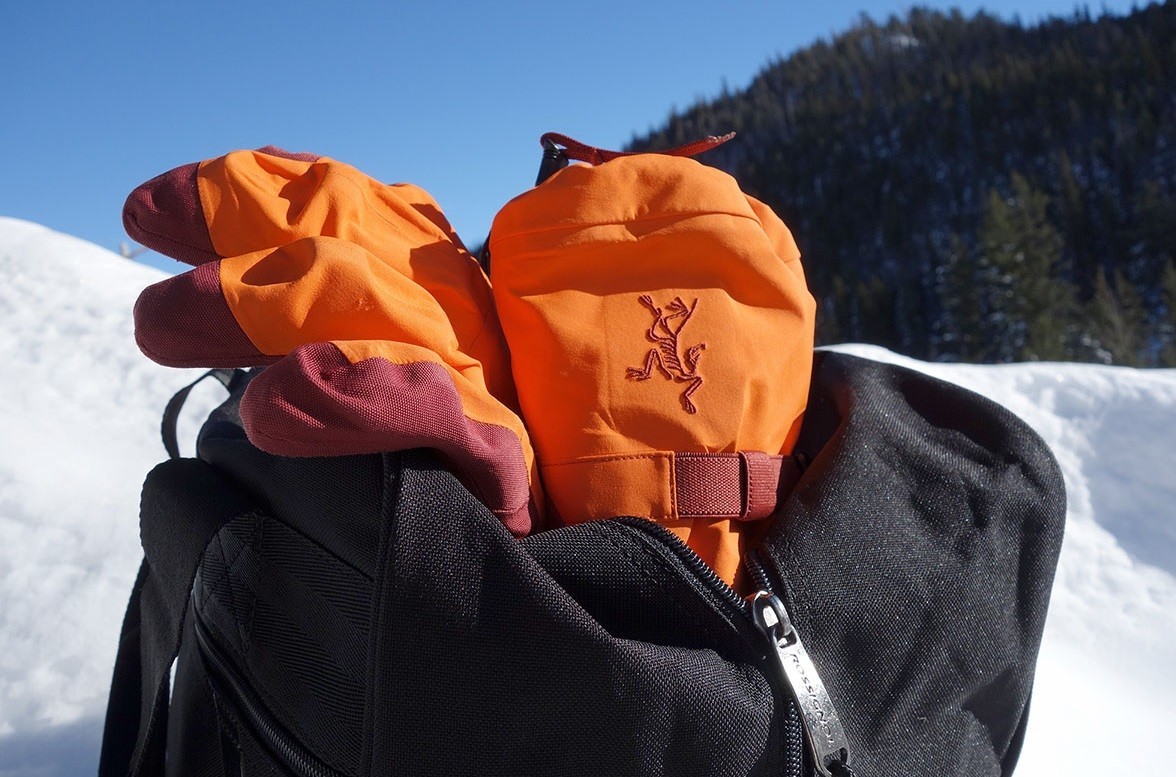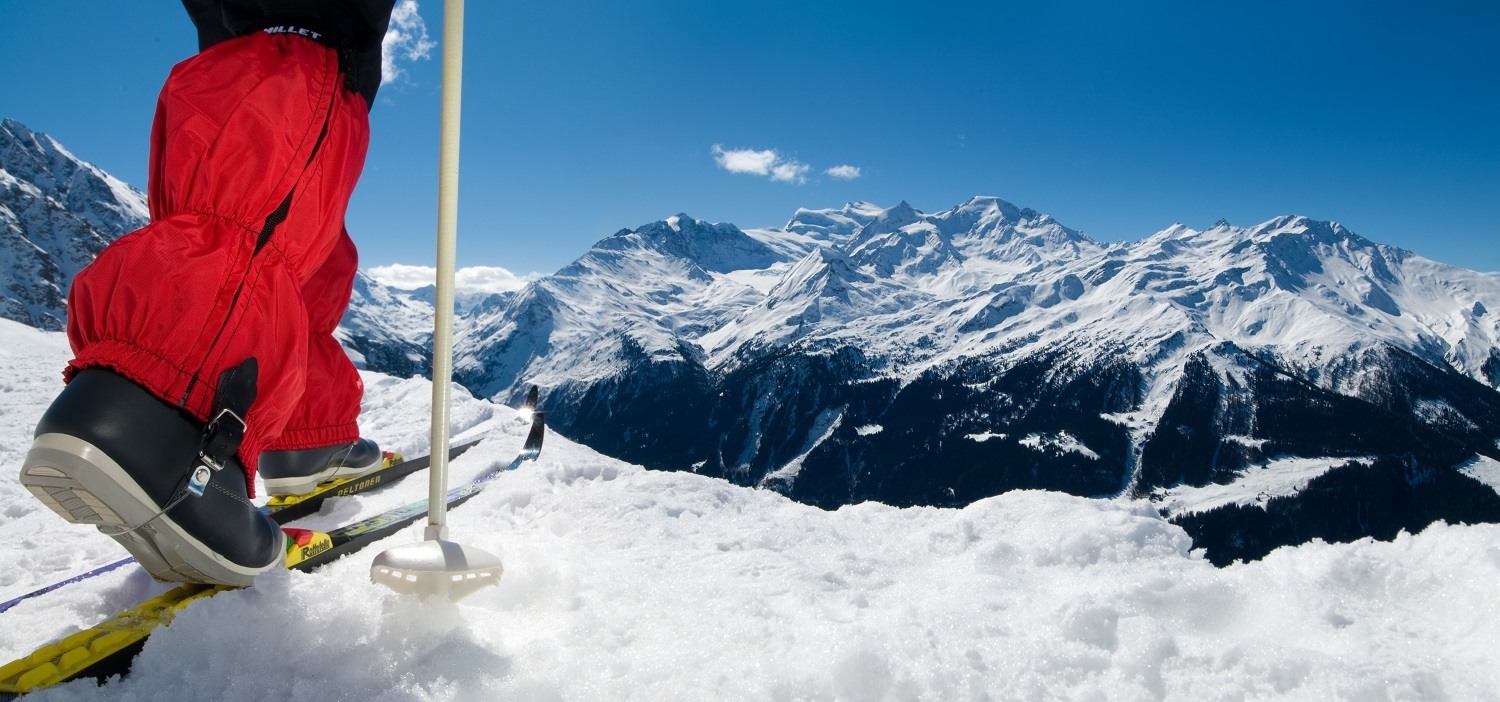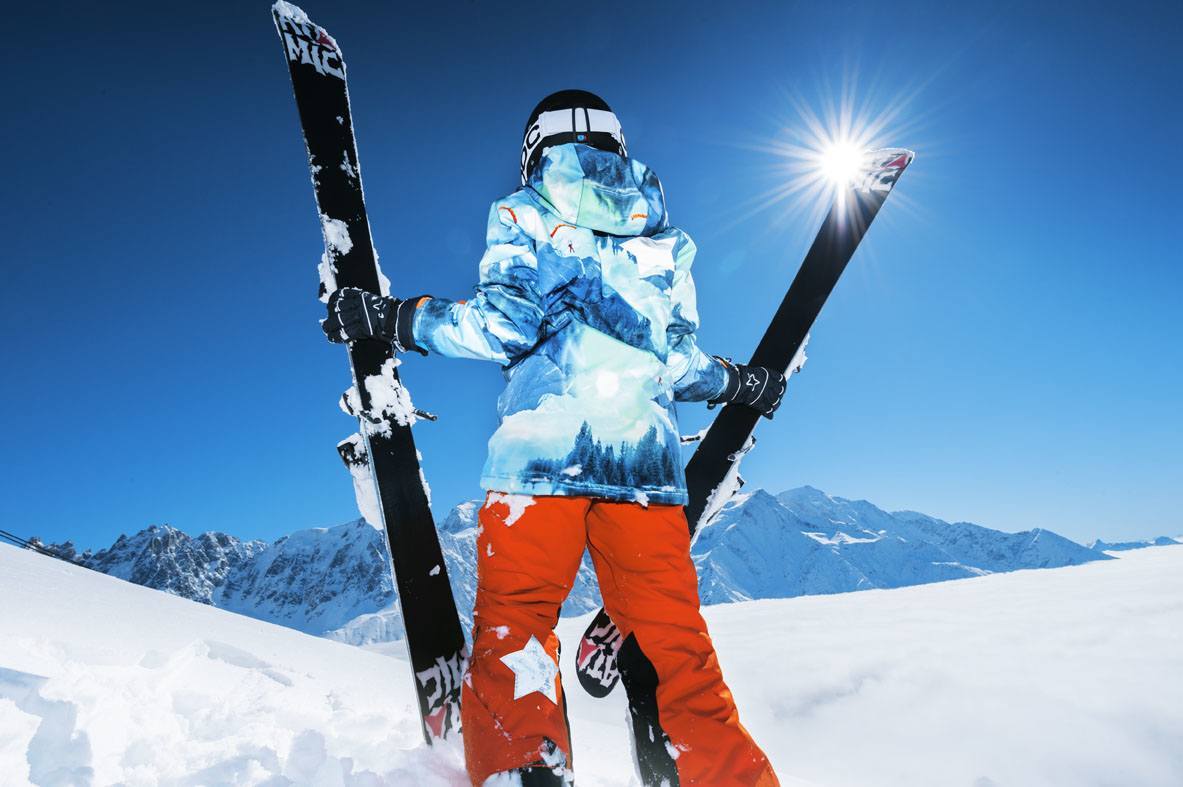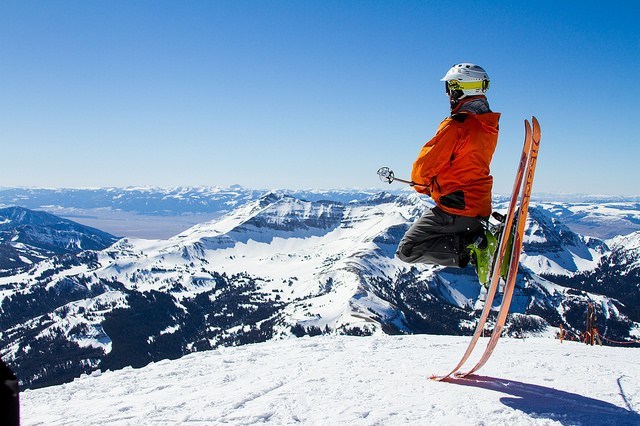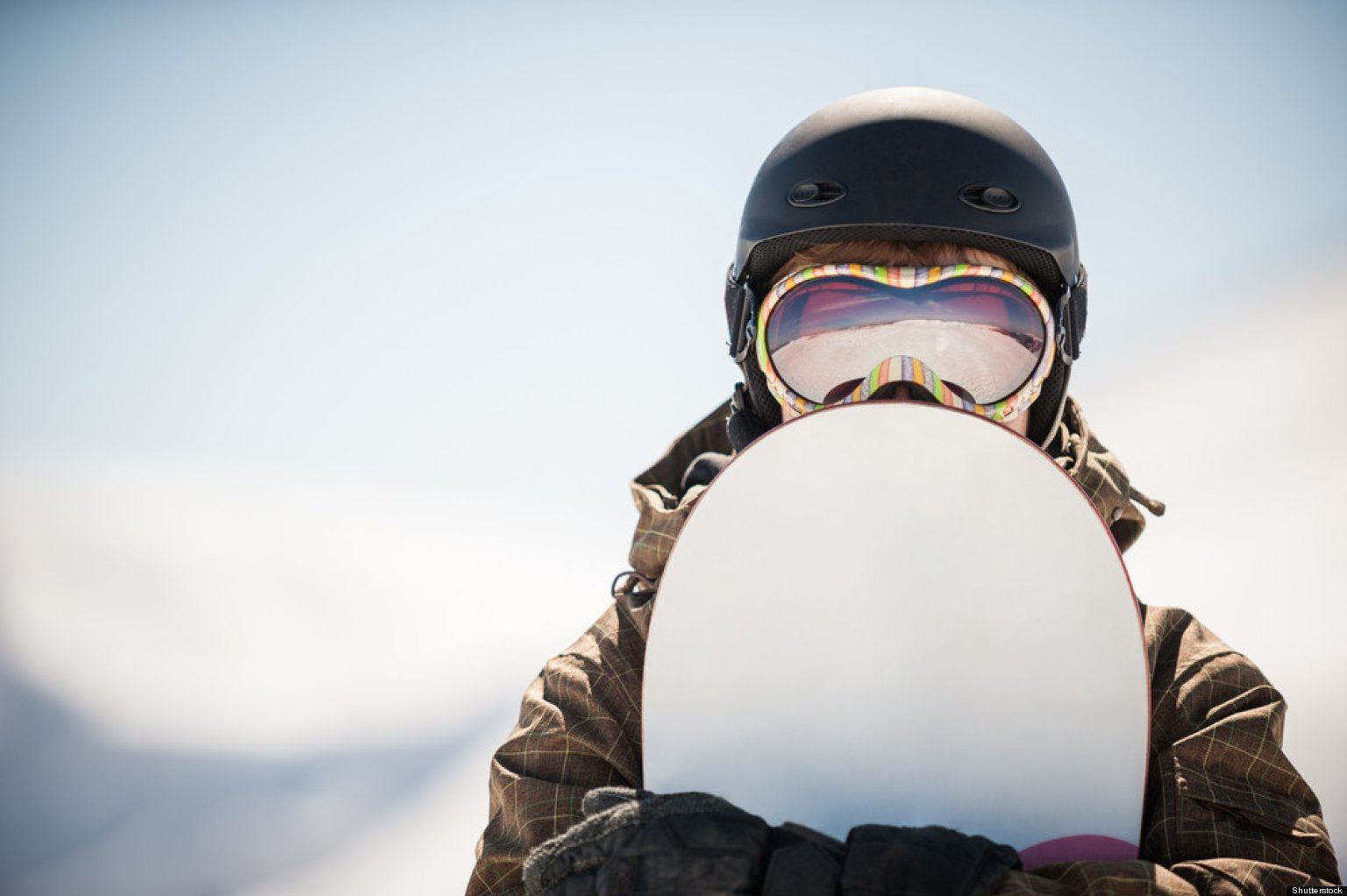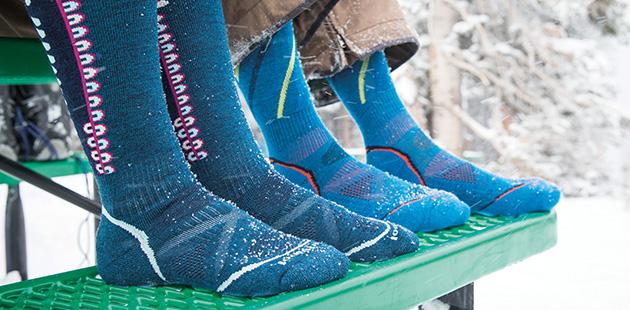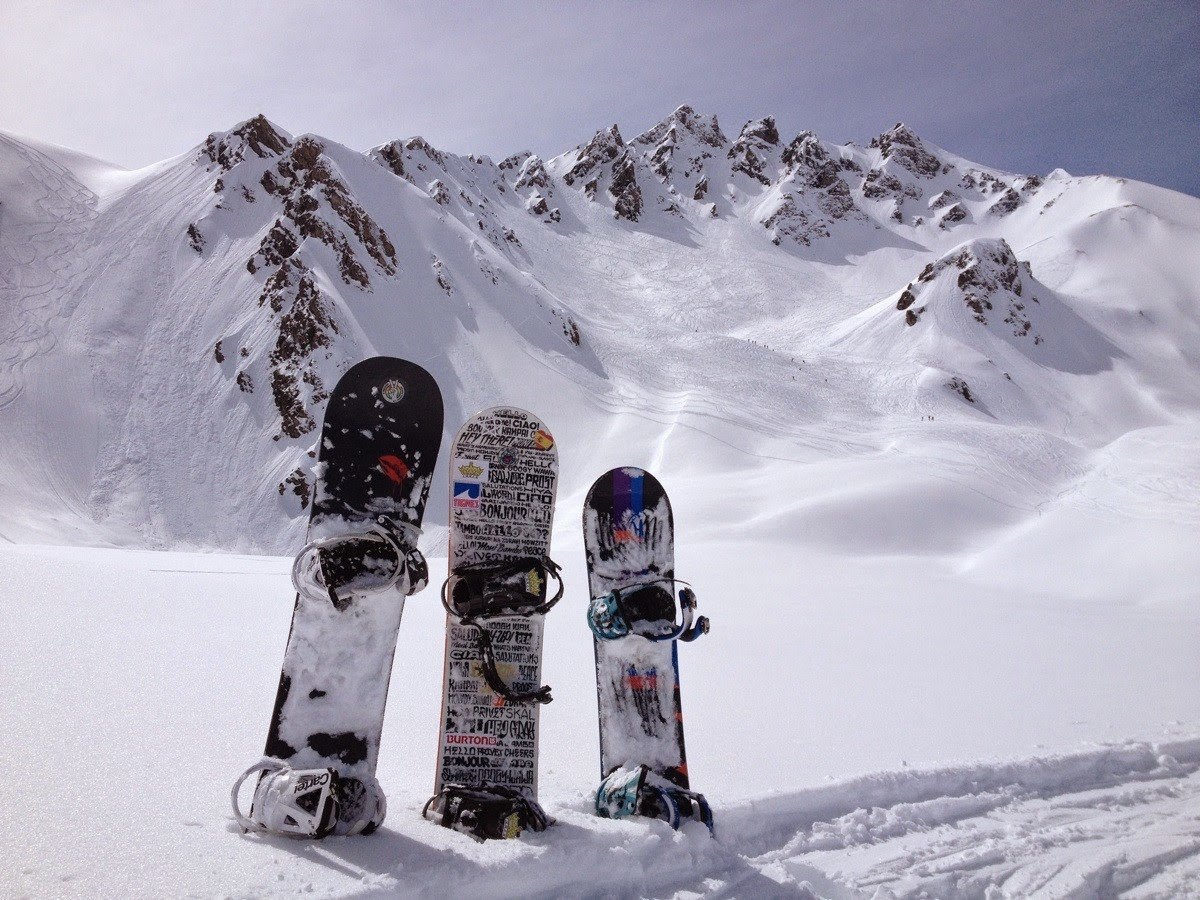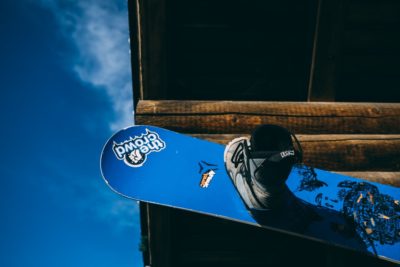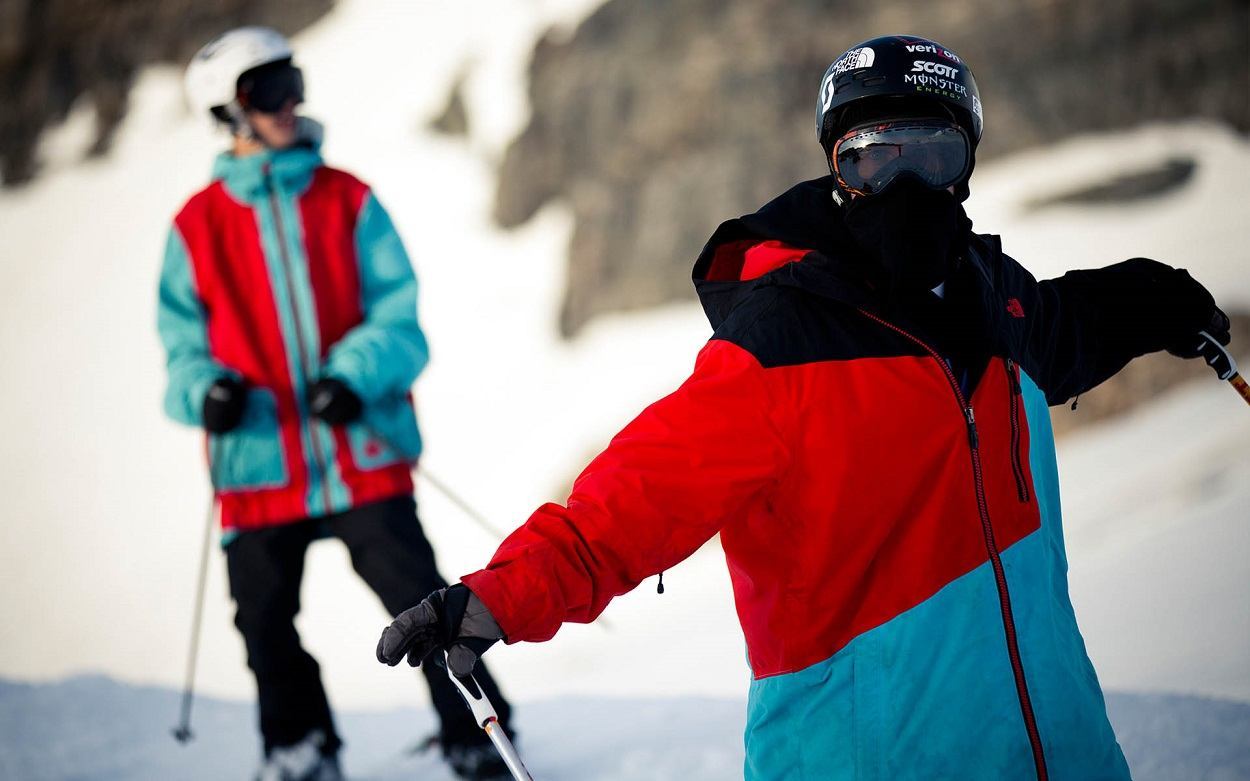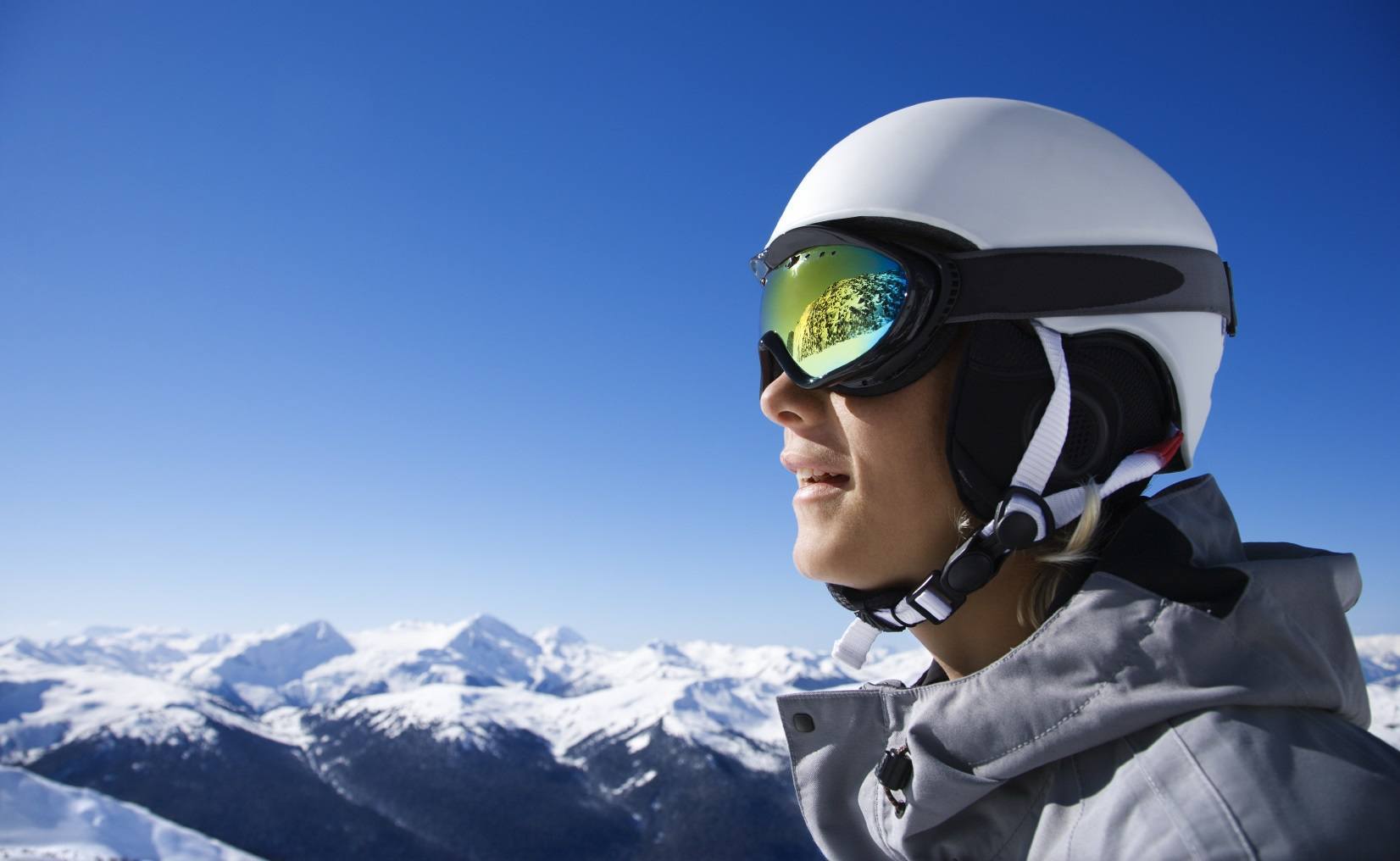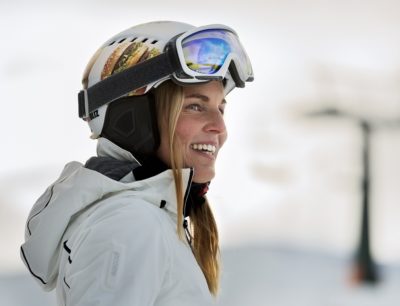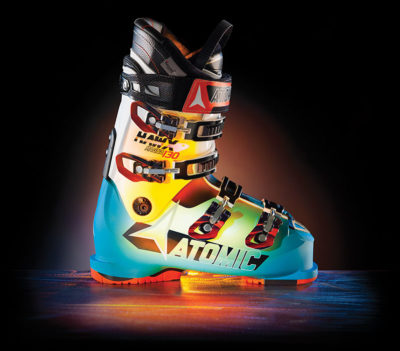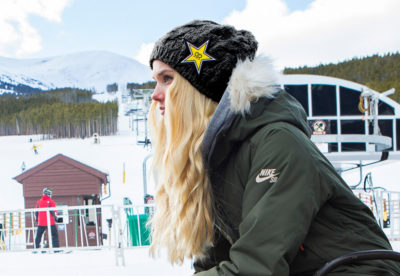There are many types of skis, each designed for different uses and snow conditions, but we’re going to focus on powder skis in this article. Whether you’re a seasoned skier or walking into a ski shop for the first time, selecting a new pair of skis can be as intimidating as your first trip down a black diamond run. With so many choices and so much to consider, the experience can be overwhelming. We’ve done the shopping for you, so that you can soon hit the slopes in the best powder skis on the market.
How to Choose the Best Powder Skis
Powder skis range in size, shape, and character. Their primary focus is floating and maneuvering in soft snow. Most western skiers see them as their everyday skis, and these typically range in width from just a bit wider than traditional all-mountain skis to extremely wide. Designers are incredibly creative and innovative, currently producing the best powder skis ever made.
Your ski equipment is an expensive investment. Do your research before you commit. Check out our guide to ensure you get the coolest powder skis for your money.
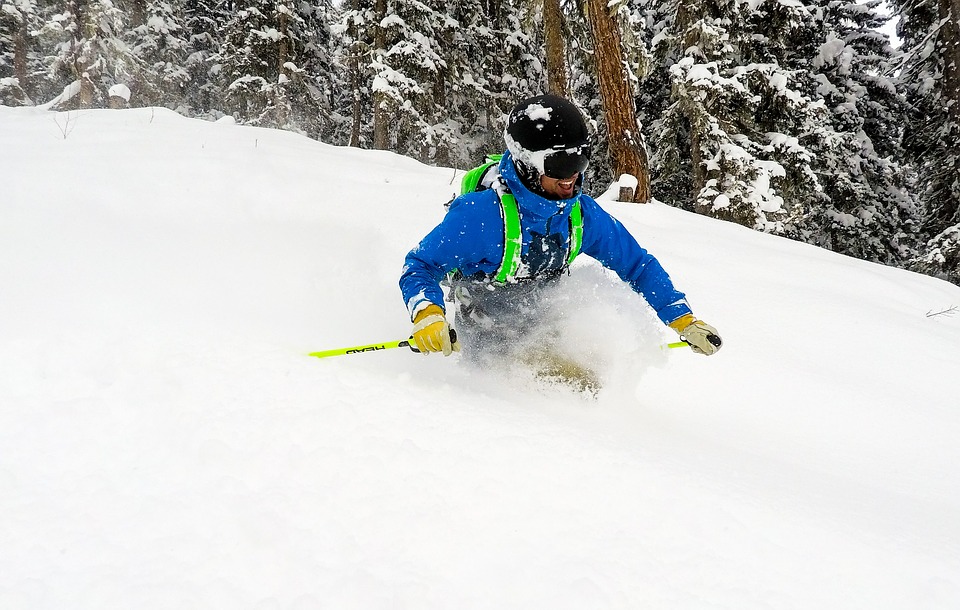
What to Look for in a Powder Ski
The primary aspects to take into consideration with the best skis for powder are:
- Waist Width
- Sidecut/Turn Radius
- Length
Waist Width
Modern shaped skis have an hourglass appearance. These skis have three important measurements: the tip, waist, and bottom. The most important number for the majority of skiers is the middle number, also referred to as the waist – or the width underfoot. This is the narrowest point of the ski.
The narrower the width, the quicker they will move edge to edge during turns. Wider waist widths provide better flotation in powder and choppy snow.
Sidecut/Turn Radius
Simply put, sidecut is the difference in width at the waist compared to the tip of the ski. Sidecut ratio is the radius of the circle that would fit within the curvature of the side of the ski. The amount of sidecut a ski has will impact the turning radius of a ski. The amount of sidecut will also determine how much the ski will decamber before the edges engage under the foot.
The math here is simple: More sidecut equals smaller turning radius.
This translates into the fact that the fatter the waist underfoot, the narrower the tip. The fatter waist improves your balance on top of the powder so you can cut through the snow like a knife through butter. The best skis for powder will give you this without sacrificing speed too much.
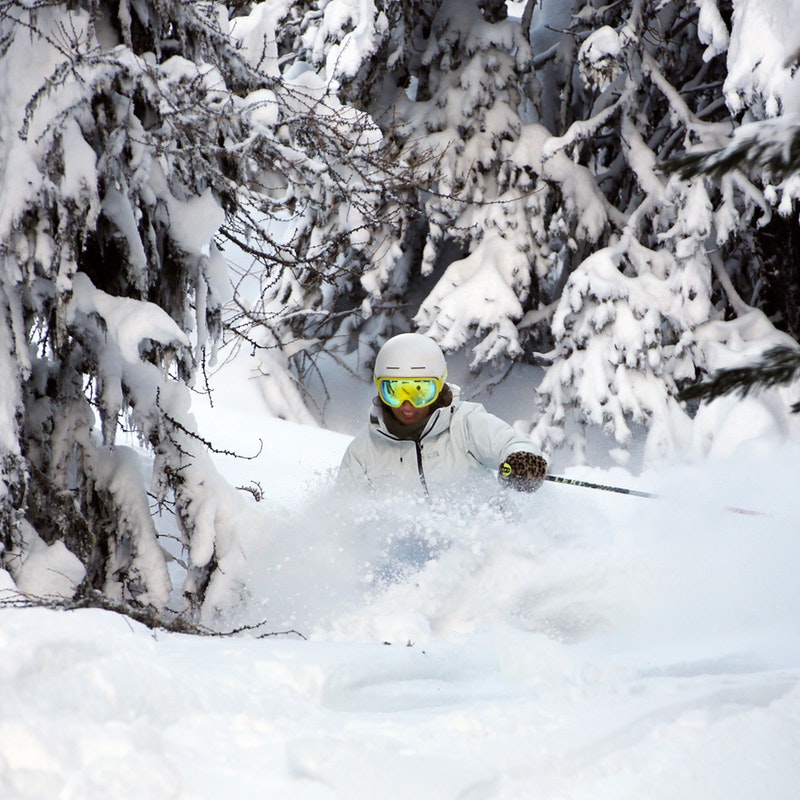
Length
These days ski length is all about “running length”, or how much surface area of the ski will be in contact with the snow while making a turn. Traditionally, skis were designed to keep as much of the ski in contact with the snow as possible in order to maximize speed and control.
Powder skis designed with “reverse camber” minimize the amount of surface area intended to come in contact with the snow during a turn. This results in the ski feeling shorter. The advantage of this design is that you can more easily handle a longer ski that will float even better in deep powder.
5 Best Powder Skis on the Market
Now you might wonder what model best suits your needs. Here are the best powder skis available today:
1. Black Diamond Boundary Pro 115
Black Diamond has always excelled at making sleek, lightweight, exceedingly athletic products for going down mountains. The Boundary Pro 115 is a slight departure from their previous sleek, lightweight skis. They were the best powder skis of 2018, and we’re keeping them in that placement.
This ski is burly and strong. Its strength is due to its triaxial pre-peg fiberglass construction and under-binding reinforcement. It produces only a modern amount of sidecut, and thus feels solidly stable and predictable. Black Diamond Boundry Pro is a no-nonsense big mountain ski that floats on the powder yet it’s aggressive in how it attacks the mountain.
2. Head Kore 117
You want a ski with a good strength-to-weight ratio, yet light enough to be able to turn easily in deep snow. The Kore 117 is remarkably light considering its size. This ski is 119 centimeters long and 117 millimeters underfoot. It’s made of karuba wood, which is very lightweight yet stiff.
The ski’s strength is the result of its carbon sandwich construction, utilizing Graphene to keep the Kore consistently rigid. Despite the presence of so much carbon, the Kore is still easy to turn. Thus, you’re unlikely to find yourself overpowered by the ski. Whether your preference is the heavier snow of the Pacific Northwest or the lighter powder of the Rocky Mountains, the Kore is light enough to make a great everyday ski. Just grab your coat, snap into your ski boots and go!
3. Fischer 2019 Ranger 98 Ti

If you’re looking for a ski that’s light and nimble without sacrificing on stability, look no further. The Ranger 98 Ti has a bit of a taper and rocker in the tail that enable greater agility making deep turns. It’s stiff enough to make you feel powerful on the snow, but light enough to ensure great maneuverability.
You’ll want to be wearing these skis when you’re standing on a tall peak in the backcountry of Alaska or Austria, with a bowl of deep powder stretching out below you. Fischer is known for putting out high quality skis, and this model has the edge-to-edge strength to make hard turns through the crud or float through endless fields of powder. These are by far the best all mountain powder skis money can buy.
4. K2 2019 Pinnacle 118

The Pinnacle 118 is a great choice for those looking for a big carving ski for deep powder days. It features K2’s Konic Techonology, which gives it greater power and precision over the edges. This also reduces swing and overall weight from the center and extremities.
The K2 Pinnacle 118 has a mildly rockered, tapered tail to improve control, regardless of speed or conditions, making 118’s the best deep powder skis available. It provides everything you need to take on the biggest mountains. Considering its features, it’s one of the best powder skis available today.
5. Volkl Confession
The Volkl Confession is a big ski that has a long tip and tail rocker profile that minimizes ski to snow contact in hard-pack conditions. This makes for a nimble ski, even in tight, bumpy spaces, like carving through trees. This model isn’t going to be the first choice for those who want to ski rutty bumps, or who like a ski to flex in a turn. However, it won’t limit the average person to any particular type of skiing.
